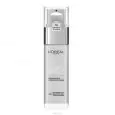In the cosmetic arsenal of a modern woman, as a rule, there are many products for creating the perfect makeup. However, among all this variety, it is foundation that, as if by magic, can transform your appearance in a matter of minutes, hiding small wrinkles or masking skin imperfections. That is why special attention should be paid to its acquisition, so that instead of a wonderful transformation, you do not turn your face into a mask.
In this article we:
Basic criteria for choosing the best foundation
When choosing a foundation, you should be guided not by its cost, although this is an important detail, but first of all by the main characteristics of the product.
- Individual skin type
This principle should be decisive when purchasing. It turns out that the composition of any foundation is focused primarily not on the shade of the skin of the face, but on its tendency to be oily or, conversely, dry. For example, in a cream for oily skin types you will not find oils, and a product for dry skin excludes alcohol among its ingredients.
- Color palette
Of course, the color scheme of the chosen foundation should be based on your skin tone. According to the basic rules of cosmetology, you should choose a tone slightly lighter than natural to avoid unnaturalness. Although now “smart” tint products that independently adapt to skin color are very popular.
The consistency of foundation creams can be light, perfect for the summer season, or denser, with a high camouflage effect. Most often, manufacturers produce this product in the form of a liquid fluid, airy mousse or stick. The thicker the texture of the cream, the more coloring pigment it contains.
- Additional features
Quite often, foundation has a wider range of capabilities than just masking or matting. You can, for example, find creams labeled “SPF” that protect against the harmful effects of sunlight. It is not uncommon now to find “foundations” with a lifting effect that tighten wrinkles.
%adv1%
Which brand of foundation should I choose?
Ubiquitous advertising has long penetrated the cosmetology market, stubbornly dictating which brand should be preferred. However, everything here is purely individual, because we are all different. According to the results of the popular vote, the majority of women highlight the high quality of foundations Sisley (France), Max factor (USA), L'Oreal (France). They are not inferior to them in their characteristics and Maybelline (USA), Bourjois (France) or Revlon (USA).
However, in the budget price category the domestic brand is in the lead "Freedom", which many women also highly rated in reviews and are not going to change it to Western brands.
What shade would suit “snow whites” and why shouldn’t the foundation be darker than the natural color of your skin? Elena Krygina, Natalya Vlasova, Sandra Istomina, Alena Lapina and other makeup artists explain why you shouldn’t be afraid to test products in beauty corners and how to choose a tone if you don’t know anything about color types.
Rule #1: Pay attention to the undertone of your foundation
To choose a foundation, you need to test its shade on an area near the jaw line - this way you will see how the tone combines with the skin color on your neck and décolleté (they should match each other perfectly). This is also where I advise you to start applying the tone if you are not sure about the shade. In this case, it will be easier to adjust the color.
Apply 2-3 different colors. If the tone goes into gray, the shade is too light for you, if it goes into yellow, it’s too dark. For girls with very pale skin, I always keep a product from NARS - Siberia Velvet Matte Foundation in the shade Light 1 in my makeup artist's case. Also pay attention to Korean BB creams - they usually have very light shades.
Rule #2: Look at the labels on your foundation.
Estée Lauder foundations have numbers and letters on them. That is, you can see, for example, the following designation: “1C1” or “1W2”. The first number is the shade number (light, medium and darker). The letter is the ratio of cold and warm undertones: C (“Cold”) – cold, W (Warm) – warm, N – neutral, sandy, suitable for most. The third number is an indicator of the intensity of the undertone (cold or warm). For example, C1 is slightly pink, C2 is more pink, C3 is clearly pink. W3 will have a yellowish undertone.
I'll explain how it works in life. If you have pink skin, blood vessels are close together, and there are traces of acne, then a tone with a pinkish tint (for example, C1) will blend with the skin. It's better to choose warmer, natural shades (like W1 or N1) to achieve a healthy skin tone.
Rule #3: Test the product on your neck
I’ll tell you how I advise my clients to choose the shade of foundation. Of course, you can delve into the theory, study color types and rely on vein color, for example, but there is a much simpler way. It works 100% of the time, no matter how old you are (age plays a role only when choosing the texture of the foundation).
Focus on the area below the chin. Apply a small amount of tone to your neck - the shade should blend in with your skin color. Also, don’t forget to test the product in daylight – most stores have the wrong light.
If you choose a cream that yellows your skin, you don’t need to give it up. You can dilute it with a more beige shade and use it every day.
Rule #4: Choose mattifying products that are slightly lighter than your skin tone.
Many foundations (especially those with a mattifying effect) become 1 or even 2 shades darker within 30-40 minutes! Therefore, choose products that are slightly lighter than your skin tone. I do exactly this and blend the cream on the T-zone. Then I match the color and apply it along the outer contour of the face. If necessary, I draw out the desired shade with powder.
Rule #5: Try to maintain a natural nude face
And for this you may need several shades. I often use up to 4 shades of foundation for one makeup look. Because the color of the face is not uniform. For example, if I understand that the center should be lighter and the periphery darker, then I use 2 shades.
I don't want to first smooth out the skin, make it a blank slate, and then re-draw all the volumes. Remember: any drawn details are noticeable, and it takes a lot of time to work them out well. I work the longest on film sets when I need the effect of an unmade-up “clean face.”
Rule #6: If you want to look tanned, don't choose a tone darker than your skin color.
The texture of the tone is selected depending on the skin type, and the color of the foundation should be as close as possible to the skin tone. You can choose the tone by applying it to the back of your hand - a good option. But it's best to test it directly on your face.
Feel free to try a shade of foundation at a beauty corner to be sure. And please, if you want to be more tanned than you actually are, don’t go darker than your skin color.
This effect is achieved with the help of bronzers, which are applied to the convex parts of the face in a similar tone. Another common problem is when a girl buys a product with a yellow undertone and applies it to skin with natural pink pigments. It turns out that the selected foundation turns yellow against the background of the neck.
Six of the best products, according to the portal’s editors, that not only mask skin imperfections, but also improve its appearance
takes 6 minutes to read
Text: Makeup.ru editors June 3, 2019
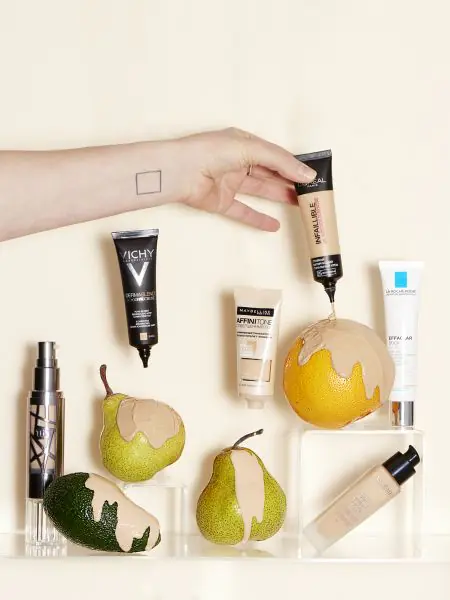
- Features of choosing a foundation for oily skin
- Composition of foundations for problem skin
- Foundation for summer and winter. Is there a difference?
- How to choose the perfect shade?
- How to apply foundation?
- Review of the best foundations for problem skin
Features of choosing a foundation for oily skin
Remember that a high-quality foundation must have a uniform and delicate texture. It should not be too liquid or too thick.
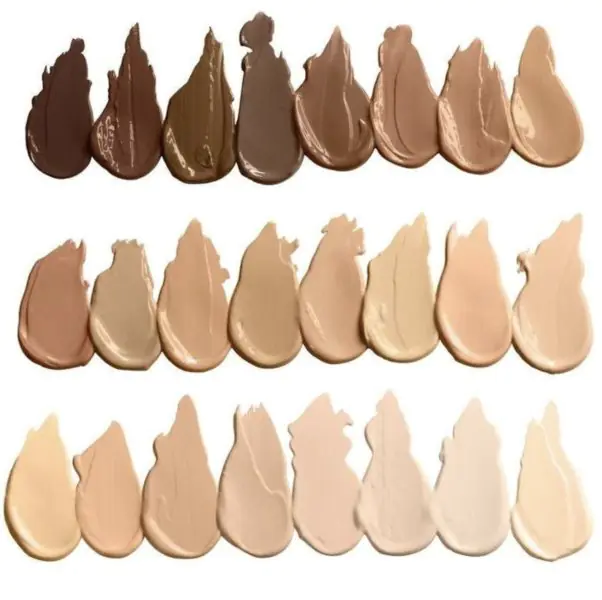
For problem skin, you should not choose a cream with a thick consistency. It will clog your pores and create discomfort. Thick foundation should be used for evening events and photo shoots. For daily daytime makeup, it is best to use light tonal fluids and emulsions.

When purchasing foundation, be sure to read the ingredients on the label. The foundation should contain no essential oils or be present, but in a minimal amount.
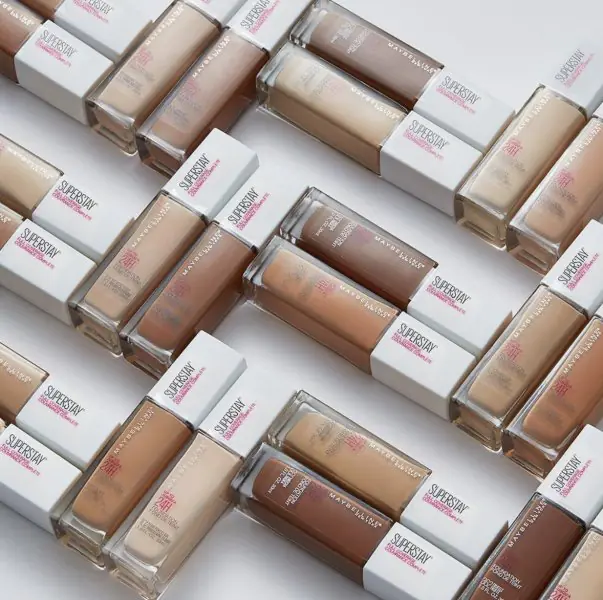
The foundation must contain components that will protect your skin from ultraviolet rays, as well as hyaluronic acid (this, by the way, also applies to a regular moisturizer for problem skin).
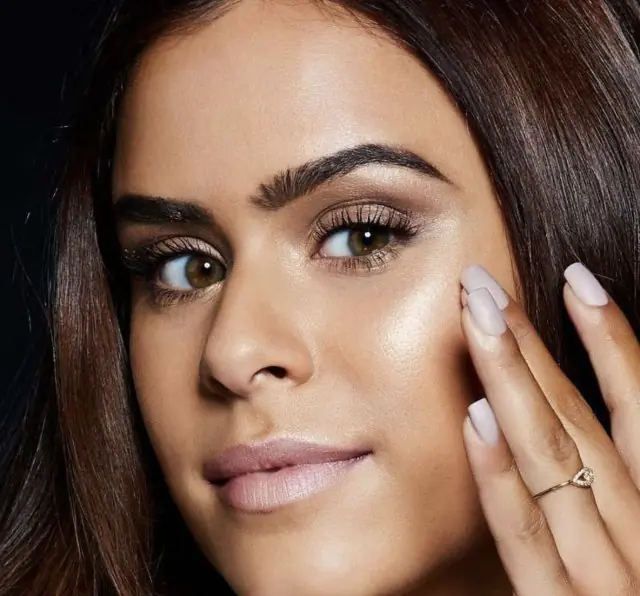
Choose foundations that visually reduce pores. Usually in people with problem skin they are quite wide.

Use foundations that contain bactericidal substances. For example, tea tree extract. It prevents the occurrence of inflammatory processes and allergic reactions.
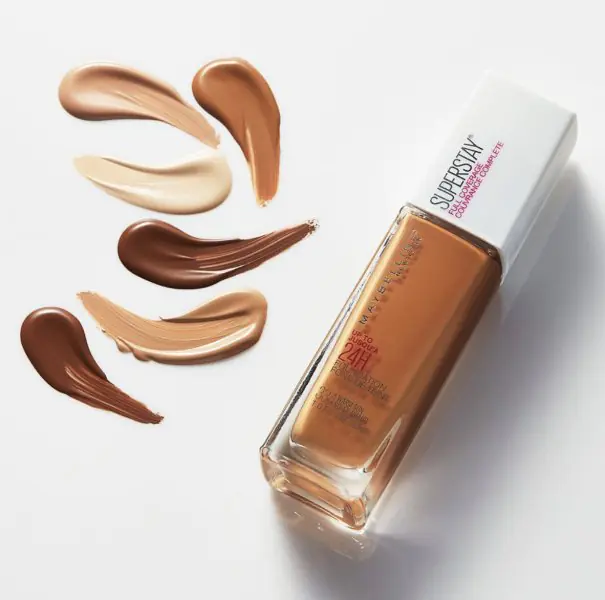
Be sure to read what is written on the packaging: manufacturers always separately indicate whether the foundation is intended for problem skin. Opt for mattifying cosmetics.
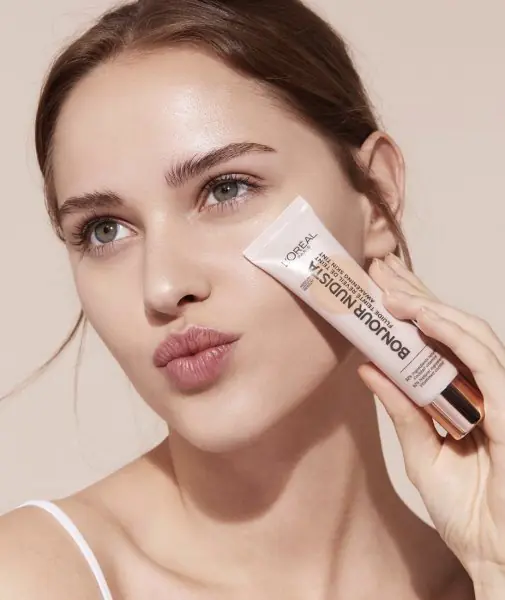
Pay attention to the coverage ability of the foundation. It should cope well with its direct functions without harming the skin.
A post shared by Maybelline New York (@maybelline) on Nov 2, 2018 at 7:14am PDT
Composition of foundations for problem skin
Toners for problem skin are usually based on mineral compounds of zinc dioxide and amethyst powder; they remove oily shine and make the skin matte. Also important ingredients are plant extracts of licorice and quince root, as they normalize the functioning of the sebaceous glands.
A post shared by Maybelline New York (@maybelline) on Jul 19, 2018 at 4:33am PDT
Foundation for summer and winter. Is there a difference?
In summer and winter, the skin needs different types of foundation. For winter, you should choose oil- or silicone-based foundations. In winter, your sebaceous glands are not as active and even problematic skin can become combination or normal.
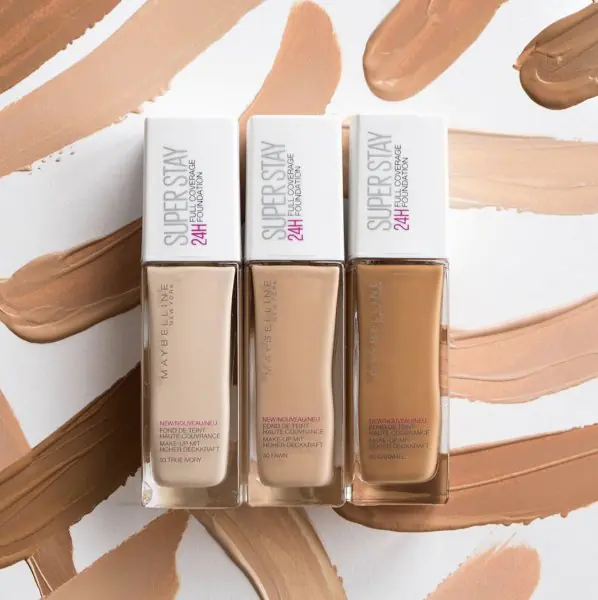
Dry skin is another factor that should be taken into account when choosing foundation for the winter. The product must have moisturizing properties.
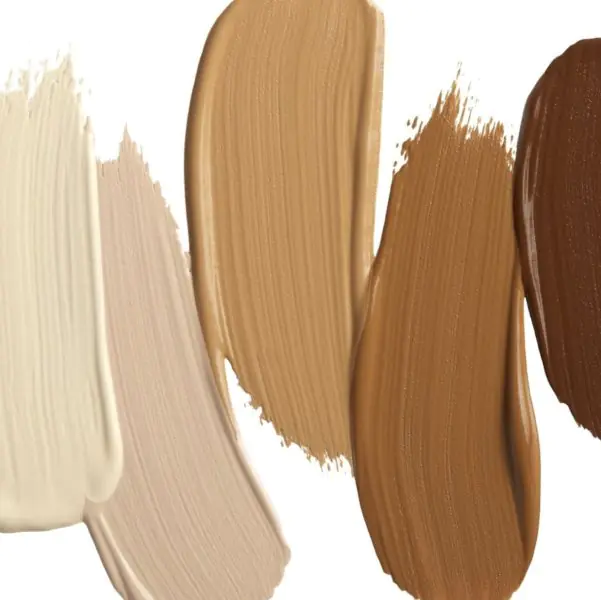
For summer, you should choose light foundations that do not clog pores. The foundation must contain SPF filters that will protect the skin from the harmful effects of ultraviolet rays.
More information on the topic:
how to choose the perfect shade?
Choosing a foundation is an extremely important undertaking. Therefore, it is best to select a foundation together with an experienced makeup artist. If you don’t have such friends, then ask a sales assistant at a cosmetic store for help. They should help you choose not only the right structure for the season, but also the right color of the cream.
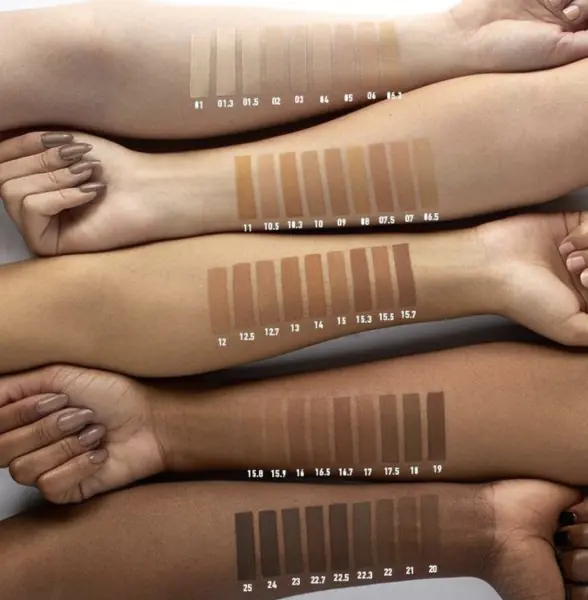
Ideally, it would be nice to get a sample of the desired foundation, apply it to the skin and observe its behavior throughout the day. If it does not cause you any inconvenience or discomfort, feel free to buy the full-size version of the cream.
How to choose the best foundation shade without outside help?
Do you think you've found the perfect foundation? Give him a small but important test: apply a small amount of product to the lower part of the jaw, closer to the neck, and compare the shade of the product and the skin on the neck. If the transition between them is almost imperceptible, then you can make a purchase.
A post shared by Maybelline New York (@maybelline) on Jan 28, 2019 at 6:35am PST
To finally make sure that you have chosen the shade you really need (even if a sales assistant helped you with this), check how the product looks on the skin in daylight. To do this, just go to the window with a mirror and take a good look at your reflection.
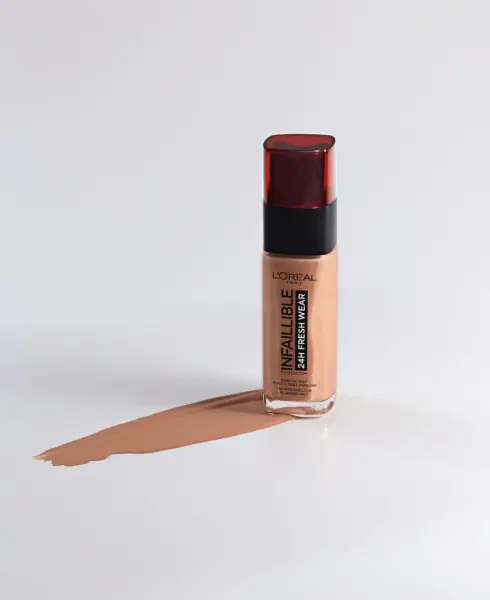
How to apply foundation?
The ideal tone is the key to beautiful makeup, so it is important to learn how to apply foundation correctly.
Distribute the foundation from the center of the face to the periphery: apply the brush to the wings of the nose and move it diagonally down.

Carefully blend the product along the hairline.
Don't forget to apply foundation to your ears if you plan to wear your hair up.
Our video tutorials will help you master this process perfectly.
It is best to apply foundation over the skin using a synthetic brush. But if you don't have it on hand, watch our next video tutorial, which talks about other application methods.
Review of the best foundations for problem skin
We have collected tonal products that do not create additional inconvenience for problem skin. And they take on the most difficult tasks: hide imperfections, even out skin texture, and moisturize.
High coverage foundation Dermablend 3D SPF 25, Vichy
Vichy developed Dermablend foundation especially for oily, acne-prone skin. Despite its light texture, it effectively masks acne and post-acne, evens out skin texture and gives it a matte finish - the effect lasts up to 16 hours. Use it for a month, and, as the manufacturer promises, skin imperfections will be reduced by 49% - salicylic acid, which fights inflammation, and eperulin, which soothes the skin, are responsible for this.
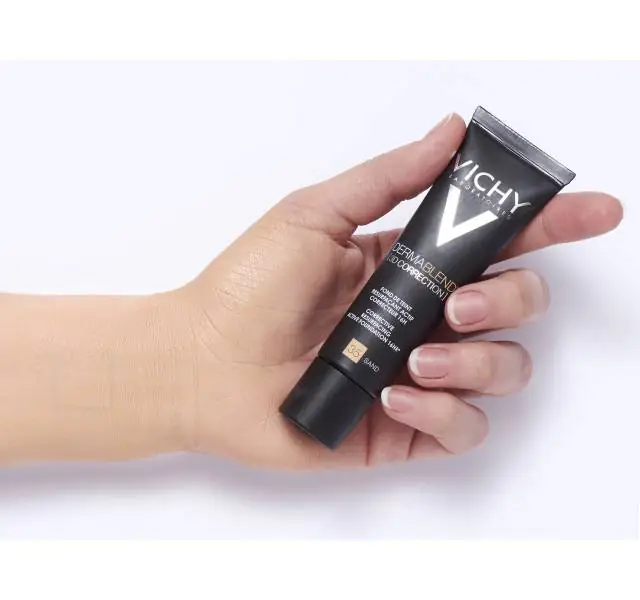
Corrective cream-gel Effaclar Duo (+), La Roche-Posay
This cream not only corrects visible skin imperfections, but also improves its overall condition. According to the results of studies conducted by specialists from La Roche-Posay laboratories, after a month of use, the pores are cleaned, the skin surface is evened out, and the oily sheen becomes less noticeable. This cream perfectly masks acne and post-acne without causing new inflammation, and evens out skin tone (by the way, you can read about the rules of makeup for acne in this material).
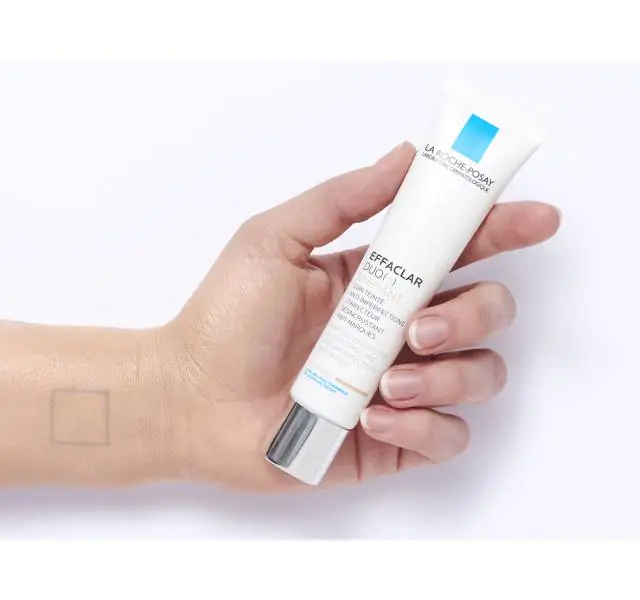
Foundation Affinitone, Maybelline New York
This foundation perfectly masks acne, redness and other skin imperfections, while caring for it - thanks to vitamin E and argan oil in the composition. The texture is quite liquid, but does not spread on the skin - apply with your fingers or a beauty sponge (we wrote more about how to apply foundation here). The result is an even tone, matte finish and skin moisturized throughout the day.
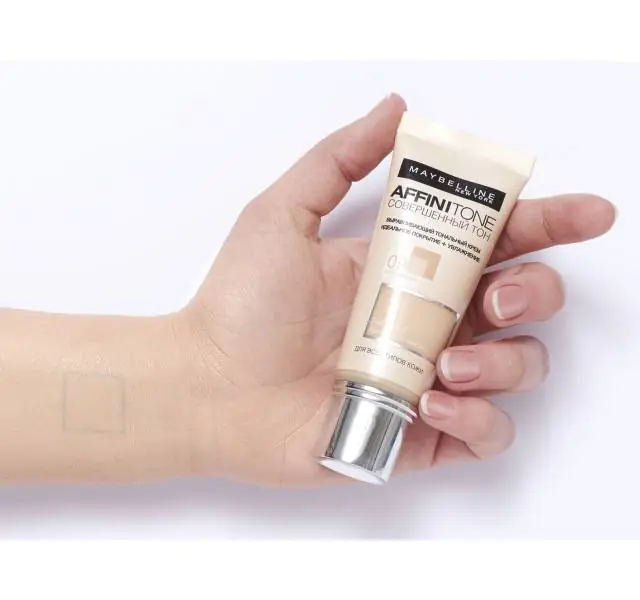
Infaillible foundation, L’Oréal Paris
The main advantage of this foundation is that it provides coverage dense enough to mask imperfections, while being practically invisible on the skin and not creating a mask effect. Other advantages: it does not clog pores, does not emphasize flaking, mattifies the skin for five to six hours, and prevents the appearance of oily shine.
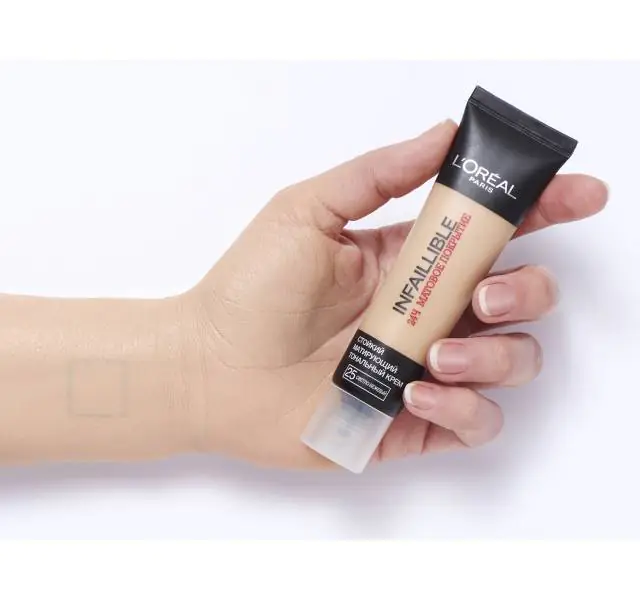
Foundation Teint Idole Ultra Wear SPF 15, Lancôme
An updated version of Teint Idole Ultra 24h foundation is the best option for problem skin. Firstly, it provides the longest lasting coverage (up to 24 hours!), which means you don't have to touch up your makeup throughout the day or apply an additional layer of makeup to your skin.
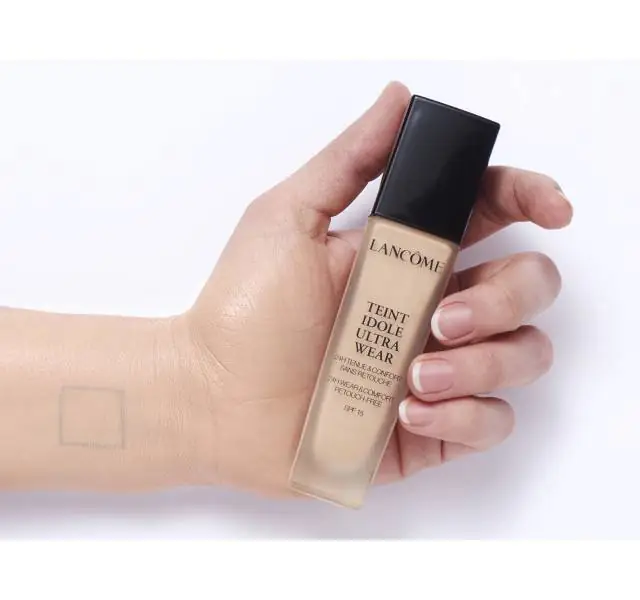
Secondly, the cream masks imperfections well, while providing the skin with a long-lasting feeling of comfort - all thanks to the complex of moisturizing components in the composition.
By the way, on the official website of the brand you can take a quick test that will determine the most suitable shade of foundation for you.
You can learn how to apply foundation correctly from our video tutorial.
Foundation All Nighter, Urban Decay
The name of this product speaks for itself - the coating will last not only day, but also night. To cover visible imperfections, just apply the product in one layer - the liquid waterproof texture spreads easily and evenly over the skin, providing a matte finish. You can forget about the greasy shine - it won’t remind you of itself for a long time.
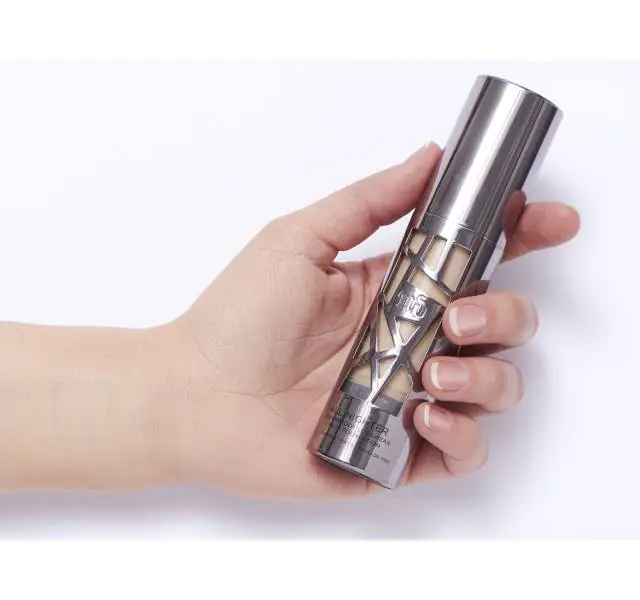
In order to achieve the desired result, it is not enough to choose a good foundation. Watch our video to learn how to mask skin imperfections like the professionals:
Which cream is number one in your personal rating of products for problem skin? Leave a review.
What foundation do you use? Leave your comment.
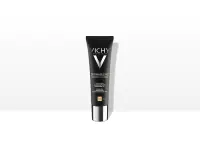

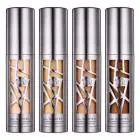
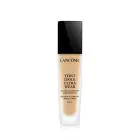
- soso January 20, 18:39 Affinitone is not for flaky skin, and it’s true, it will be lumpy. In my opinion, it is quite liquid and not very long-lasting, suitable for the summer, especially since the palest of them even turns yellow. L'Oreal is normal for oily people, denser, suitable if there are defects. It seems to last quite a long time, for me it lasts almost all day. The skin is oily in general, but it flakes and there is acne. Lancome is good, long lasting and matte, but noticeably more expensive. So far, L'Oreal is satisfied with the most affordable ones.
- Julia April 29, 19:55 I constantly feel Effaclar on my skin, I just want to wash my face after it. There is always a feeling of tired skin. I tried to come to terms with this shortcoming, but every time I regretted what I did. After it, the skin seems to become even more oily. I have been using Clinique anti blemish solutions for a long time. Very suitable for quickly oily acne-prone skin. But so far, none of the foundations have prevented oiliness 100% throughout the day. Everyone lasts for 3 hours maximum.
- Ksenia March 13, 23:56 L'Oreal and Maybelline do not hide redness at all.
Everything you wanted to know about foundation Detailed beauty report that will help you understand all the intricacies of this category of products
YSL foundations: review Why YSL foundations are so good, what innovative components they include and how best to apply them
Review of foundations: creams and powders Foundations are the basis of beautiful makeup, so their choice must be approached with special care. We have compiled a rating of foundations for any occasion and all skin types
Long-lasting foundation: 8 best options Long-lasting foundation is a necessary product in every girl’s summer cosmetic bag. The best mattifying, moisturizing, dense and very light foundations for different skin types, according to the portal’s editors - look in our article
Talc in cosmetics: truth and myths Favorite powder, blush and shadows would be completely different without this component in the formula. What role does talc play in cosmetics? We’ll tell you right now, and at the same time debunk the myths that have developed around this substance.
How to hide acne scars with makeup? Sometimes it seems that there is no problem that makeup cannot solve. Need to hide acne scars? It's easy. Follow our advice
All the functions of face primers If your makeup doesn't last as long as you would like, don't rush to buy a new foundation. Maybe you should just add a primer to your makeup bag
